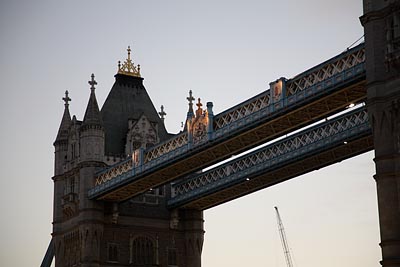EOS 5D and 24-105 f4L IS USM
v
EOS 20D and 17-85 f4-5.6 IS USM
PART 2 - More first shots (24 September 2005)
At their widest setting, there was a clear victory for the 5D combo. What about at maximum zoom?
|
|
|
|
Eos 20D 17-85IS @ 68mm 1/90th @ f5.6 200ASA |
Eos 5D 24-105L IS @ 105mm 1/125th @ f4 200ASA |
In this difficult lighting, both camera/lens combinations shooting wide open (f4 on the 24-105, f5.6 on the 17-85) show some vignetting, again the EOS 5D and its full frame lens being slightly worse in this regard. Nothing that couldn't be fixed quite simply in Photoshop.
|
Eos 20D Eos 5D |
The samples above are 100% crops. The 5D crop has more pixels, but doesn't appear to show any more detail. Perhaps the 17-85 lens is sharper at 68mm (not its maximum zoom) than the 24-105L is at 105 (maximum)?

 Eos 20D (upsampled to match 5D size) Eos 5D |
Here I have upsampled the 20D crop to match the size of the 5D extract. I cannot see any extra detail in the 5D crop. For this situation, the 20D camera/lens combination appears to equal the 5D, although there does appear to be slightly more noise in the 20D result, as might be expected.
Since taking these shots, I have repeated this test in different lighting conditions and with different subjects, and the results are the same. This is not so much a "dead heat" as an actual victory for the 20D/17-85 combination. Whilst the 24-105 was at maximum zoom, the 17-85 still had more to come, as maximum zoom with that lens is equivalent to 135mm on a full frame camera.


